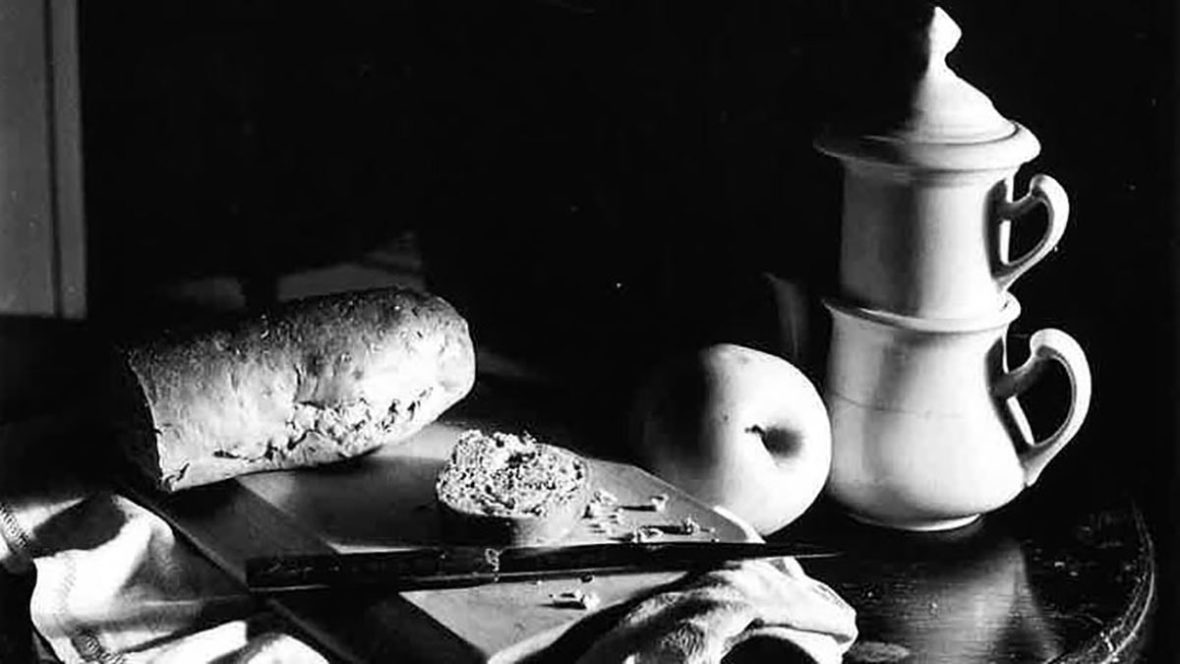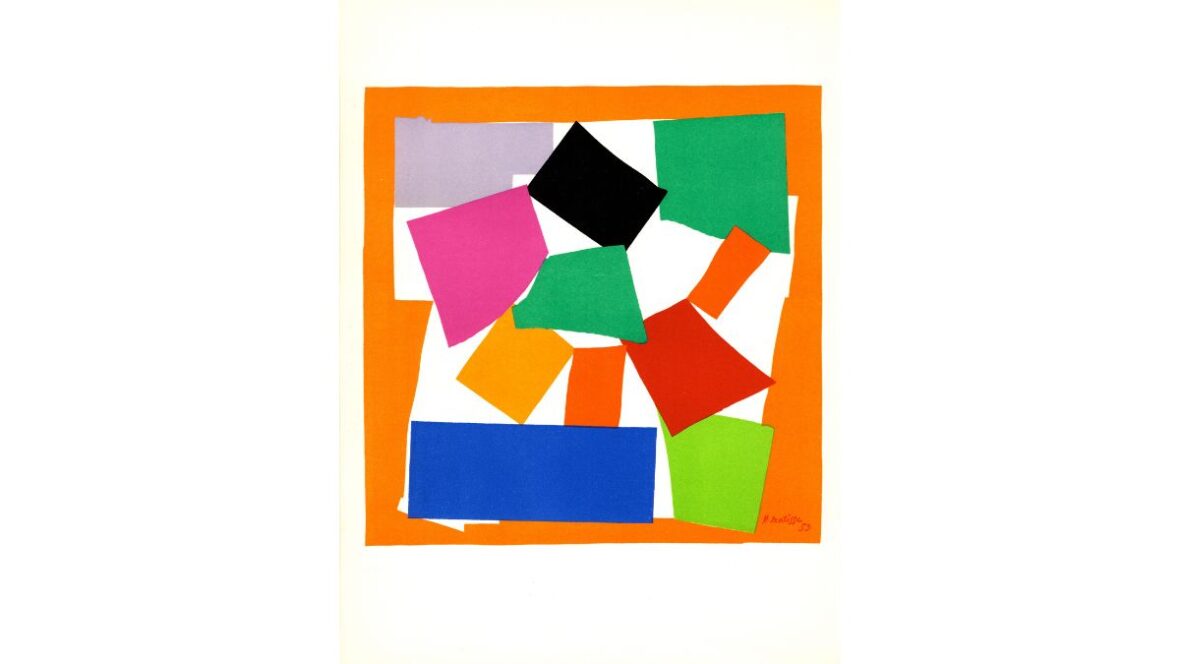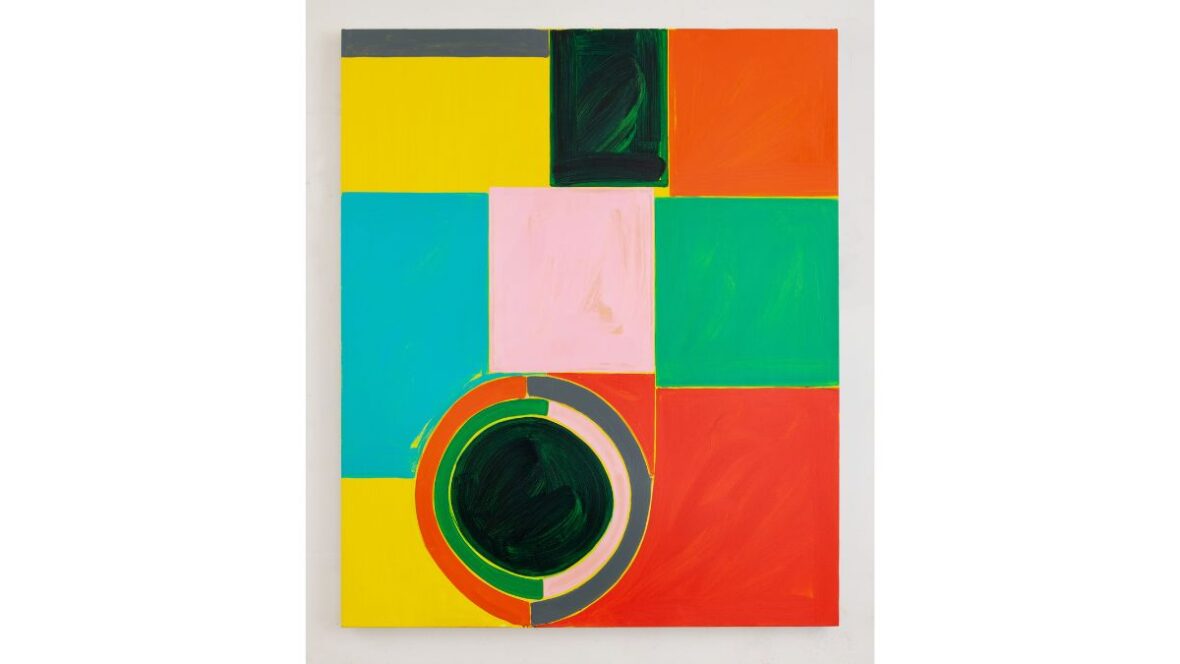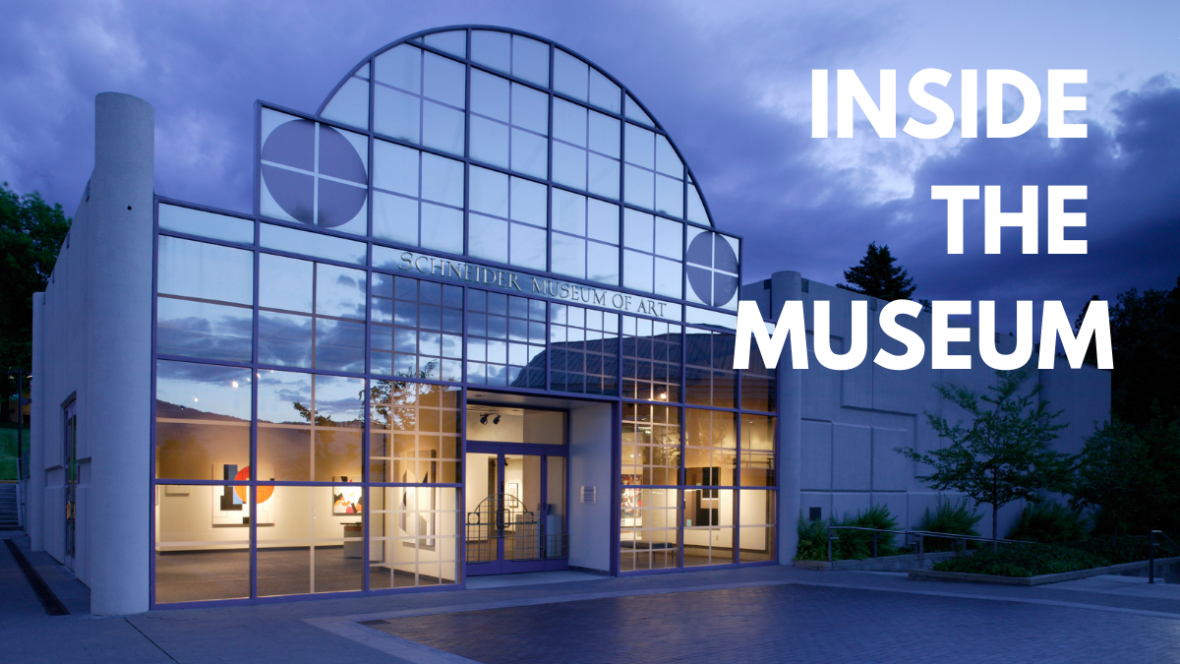Nata Piaskowski:
Photographs
Artist Bio
Nata Piaskowski was born in Lodz, Poland in 1912. She studied art at the State Pedagogical Institute in Lodz before moving to Switzerland in 1939. Piaskowski was thirty when, after much travel, she left war torn Europe in 1942 and came to live in Carmel, California. There she met Edward Weston, Johan Hagemeyer and the painter, Martin Baer. She was part of a lively and productive bohemian art colony. A painter in her earlier years, she shared a taste for Modernism with these California photographers and painters. There is also considerable documentation about her move to San Francisco for further study in the Department of Photography at the California School of Fine Arts. Her lifelong friendships with Minor White, Ansel Adams, Imogene Cunningham and other now well-known photographers began at the school.
Little is known, though, about her European experiences. Her career began in Poland. She was an “upper level” school teacher in Lodz. Her work was included in several art exhibitions in Krakov [Crakow]. It is believed the shows included photographs and paintings, but these “bits and pieces” of history all occurred before the Second World War. She, however, spoke little of these pre-war years.
Exhibition Statement
The Nata Piaskowski exhibition was an “Introductory Retrospective”, an opportunity to discover the imagery of an accomplished photographer whose work is known among photographic historians, but who does not enjoy the name recognition of some of her compatriots.
Piaskowski’s photographs are in the collections of most of the major art museums, from San Francisco’s Modern Museum to New York’s MOMA, from the Metropolitan to the Smithsonian. She was technically well trained, highly disciplined and prolific creative photographer. She certainly had not been ignored, having had many solo exhibitions and group exhibits with both established older and with younger photographers. She was eighty-five years old at the time of this exhibit, and was an important participant in the modernist west coast photographic tradition.
Images: 1948-1992 presented a broad range of work from a career which spanned more than five decades. Her work in black and white or color, regardless of subject matter, combines recognizable accuracy with a language of images carrying implicit yet mysterious significance.
She was a practitioner of what is called straight photography, a phrase most closely associated with the work of Edward Weston and Ansel Adams, it refers to the careful composition of a subject through the viewfinder, rather than by manipulation of images in the dark room. This methodology was a hallmark of Group f.64, the name coined by Adams to describe photographers using a slow f/stop to achieve great depth of field and a sharp focus on every part of an image. Adams also developed and taught the Zone System, a way to achieve a full range of values from bright white to dense black using all the technical resources available to a photographer; exposure, processing, paper quality, chemicals, etc.
While she shared with the Group f.64 a reverence for technical mastery, Piaskowski also captured in her images a sense of the numinous – a quality she shared with her teacher and friend, Minor White. She considered equivalence, the making or inviting of metaphorical associations between a printed image and a symbolic referent, an integral part of her work. She also shared with White an interest in sequencing – that is the arranging of a group of photographs in an installation or a book which evokes relationships between the images in a non-narrative way. Simple story telling is not the point; for as a critic once said about her work:
“When looking at Piaskowski’s Modernist photography, I can feel the presence of a sublime tension – perhaps it is a tension between her refined sense of beauty (almost a tenderness) and her careful, highly organized compositions.”
Her interest in people, especially artists, helped stimulate her thinking and no doubt inspired some photographs. She had always promoted others – not only photographers, but painters, poets, musicians, theatre people, film makers, even spiritual philosophers. All this time devoted to encouraging and advising others, combined with her reluctance at self-promotion, perhaps accounts for why she is not more widely known.
Curator
Robert E. Johnson
Artist
Nata Piaskowski




